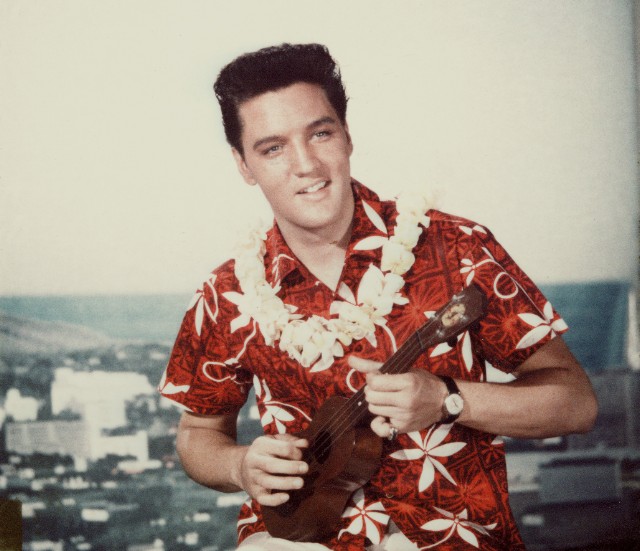
The Road to Contention, Part IV: the Dork Elvis Expressway
2018-08-13Editor’s Note: Welcome to Part IV of our summer series: The Road to Contention. In Part I, Excl gave us a State of the Cap. In Part II, we profiled Sam Hinkie, who made the mantra “tank your way to success” model for team building. In Part III we saw what it would be like if the Cavs took a James Dolan windmill tilt to try to win now with limited assets.
The standard bearer for the more graduated model of team building is Houston’s Daryl Morey. The Rockets built their teams during Morey’s tenure by using analytics to build a player prediction model and making incremental improvements year after year until they finally built a contender. They mined diamonds out of the second round (Carl Landry, Chandler Parsons, Isaiah Canaan, Montrezl Harrell…). They won trades by taking collecting draft picks and then flipping them for better players (like how they turned Kyle Lowry into James Harden). In the 12 years since Morey took over the Rockets, they’ve never had a losing season. They also have the second highest record in the NBA over that time, trailing only the Spurs.
The problem with the Dork Elvis Expressway is that it isn’t an expressway at all. It took the Rockets four seasons to rebuild into a playoff team after the Yao era. That coincided with an NBA singularity: a young superstar available for trade (James Harden) that the Rockets had the assets to pull off. It took them arguably eight years to become an elite NBA team (getting to conference finals in 14-15) and they still may not beat the Warriors. (A lot of people think they look worse this year than they did last year).
The other problem with the Daryl Morey method is that everyone is copying it now. Informational edge in any competitive field only lasts so long before everyone else catches up with you. This excerpt from Slate.com of Michael Lewis’ The Undoing Project: A Friendship That Changed Our Minds describes the problem with trying to imitate Morey.
In Morey’s ten years of using his statistical model with the Houston Rockets, the players he’d drafted, after accounting for the draft slot in which they’d been taken, had performed better than the players drafted by three-quarters of the other NBA teams. His approach had been sufficiently effective that other NBA teams were adopting it. He could even pinpoint the moment when he felt, for the first time, imitated. It was during the 2012 draft, when the players were picked in almost the exact same order the Rockets ranked them. “It’s going straight down our list,” said Morey. “The league was seeing things the same way.”
That piece is one of the best I’ve ever read on building an NBA team and on the inherent biases that cause us to make bad decisions. See if this quote reminds you of anyone running the Cavs.
Whatever prejudice a person brought to the business of selecting amateur players he tended to preserve, even when it served him badly, because he was always looking to have that prejudice confirmed. The problem was magnified by the tendency of talent evaluators—Morey included—to favor players who reminded them of their younger selves.
If it reminded you of Dan Gilbert and his penchant drafting scrappy short guys, then give yourselves a pat on the back. But how do teams avoid these issues? Morey related the story of a scout who asked Morey to stop holding workouts if he was going to weight the value of those workouts so low. Morey noted that even being aware of one’s biases doesn’t help people avoid them. People “found it very hard to ignore the evidence of their own eyes” with workouts on a player they new had a low chance of NBA success. One thing that would be very helpful for the Cavs would be for Dan Gilbert to walk away from the player evaluation side of the business. Sadly, now that Klutch isn’t running the Cavs, isn’t going to happen any time soon.
I’d argue that this gravitation towards players that remind you of yourself actually helps some teams. Take the Spurs. They tend to focus on team first guys who are intelligent enough to learn a role and can understand an intricate offense. They also value guys with a sense of humor and an ability to give themselves over to the group. This has allowed them to remain incredibly competitive despite their highest draft pick since Tim Duncan being Kawhi Leonard at 15.
I’d also argue that the emphasis on winning has helped the Rockets avoid a “culture of losing” that has plagued teams like the Kings and the Hornets. But is it even possible any more to field a team that is trying to win every game, while building for long term success in the NBA? Does a team have to wallow in the valley of NBA suckdom to reach the rarified air of the NBA elite? When looking at the top teams in the NBA, the answer is a resounding “No.”
In the east, only Philadelphia has climbed to the top by being crappy. Unfortunately, the Cavs do not have the gift of elite NBA draft picks that Danny Ainge nabbed when the Celtics traded an aging Paul Pierce and Kevin Garnett to Brooklyn, and yeah, their team is built around Jaelyn Brown and Jason Tatum, both top three picks.. But Toronto was built out of smart drafting and trades (and a lot of whiffs). Milwaukee was built by mining an unbelievable player with the 15th player in the draft, acquiring Khris Middleton in 2012 via a trade in the second round with Detroit, and drafting Malcolm Brogdon, signing Tony Snell and Matthew Dellavedova. The Pacers drafted Paul George with the 10th pick and built their team around flipping him for Victor Oladipo who’s suddenly the best two guard in the East.
In fact, looking at the East, five of the top eight teams weren’t built with high lottery picks. They were built via smart (or lucky) draft picks and a winning culture. In fact, just looking at the John Wall (No. 1, 2010), Bradley Beal (No. 3, 2012), and Otto Porter (No. 3, 2013) n Washington, top draft picks may not get you to the NBA elite. They may just keep you in no man’s land.

Out West, we’ve gone through the Rockets and Spurs, but the Warriors were built around possibly the greatest No. 7 pick ever in Steph Curry (2009), and monster 2011 and 2012 drafts which netted Klay Thompson (2011, No. 11) and Draymond Green (2012, No. 35). Their highest pick in this run? The middling Harrison Barnes. (Yes. I’m aware that Kevin Durant was a No. 2 pick, but they’d never had the juice to sign him if they hadn’t nailed their ’09 and ’11 drafts). And yes, you can go back and trace the Spurs’ rise to Tim Duncan at No. 1 in 97, but they rode that wave with brilliant picks in Ginobili, Parker, and Leonard just like the Cavs could ride the Kevin Love and Collin Sexton Wave.
Rounding out the rest of the West, are the Blazers who are built around Lillard (No. 6, 2012) (who the Cavs could’ve had over Dion) and C.J. McCollum (No. 10, 2013). The Thunder tanked their way to getting Harden, Durant, and Westbrook, but the Jazz built their team around incredible draft picks Rudy Gobert (2013, No. 27) and Donovan Mitchell (2017, No. 13). (Man. Has any team in pro sports whiffed on a draft as badly as the Cavs did on ’13?).
The Pelicans were built around being crappy in pursuit of Anthony Davis, but the TWolves are where they are not because of Andrew Wiggins and Karl Anthony-Towns, but because they traded for Jimmy Butler (2011, No. 30). Right behind them, the Nuggets have finished consistently in the middle of the field but are looking dangerous after drafting the Joker (No. 41, 2014), hitting on a slew late lottery hits, and now taking a high risk flier on Michael Porter Jr.
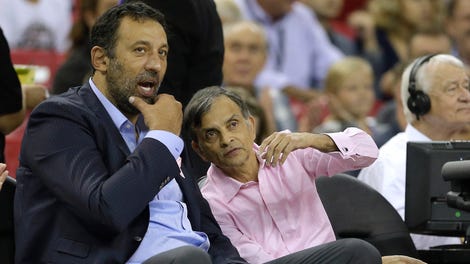
If there’s any lesson to take from this is that tanking over and over is no sure fire recipe for success. For every Sixers squad, there’s a King’s squad who’ve squandered their opportunities over and over and over again. Their string of lottery picks from 2012: Thomas Robinson, Ben McLemore, Nik Stauskas, Willie Cauley-Stein, Georgios Papagiannis, Zach Collins, De’Aaron Fox, and Marvin Bagley Jr. Those last two guys are the only two guys I’d want on my squad. Robinson and PapaG aren’t even in the league. It is very clear that culture, fit, and intelligence matter more than just having as many high draft picks as possible. More than anything, teams have to draft players who are hungry and have something to prove. Those guys are often not at the top of a draft board.
So color me as a guy who likes the current direction of the Cavaliers. I don’t want to see a lose at all costs mentality, I believe that having smart veterans and a desire to put a winning product on the floor matter more than just having a top ten pick in 2019. Do I trust Koby Altman? Not especially, after the Isaiah Thomas trade and after getting fleeced by the Lakers last spring, but everyone in this organization deserves an opportunity to show what they can do now that they’re out of LeBron’s shadow.
And Koby’s moves this summer have been commendable. Whether or not you think the Kevin Love extension was a good one or not, it at least gave the franchise a direction. Add to that playing hardball with Rodney Hood, adding Isaiah Taylor and high upside guys David Nwaba and Billy Preston. Nwaba is an NBA proven athletic guard who can defend multiple positions with his wingspan, and has the potential to be a a solid, 3-D-and finish guy. Preston has an NBA body a a good looking shooting stroke. A year in the G-League might turn him into a player.
The best part of these moves is aside from the Love extension: the Cavs have maintained long term flexibility and can use the 2020 non-fully-guaranteed deals for JR and Hill to add assets when the opportunities arise.
What other moves could the Cavs make? I’d still like to see them use their cap room to help Miami get below the tax, but it’s looking increasingly like the Heat don’t want to give up any youth or picks to do that. It would have been nice to get in on the Manimal trade that netted Brooklyn Kenneth Faried and a draft pick. Any of those types of moves should be the ones the Cavs embrace. Their goal shouldn’t be significant cap room in 2019, but it should be to have significant room in 2020 and acquiring young talent that fits in today’s NBA.
And there are still intriguing players out there that the Cavs could bring in. They don’t have so much talent on the wing that they couldn’t bring in another. KJ McDaniels who earned himself a Summer League finals MVP is the kind of high energy player who could ignite the Cavs’ bench and has more long term upside than John Holland (though is not as good of a shooter). At 27, John Jenkins is another wing who is a knockdown three point shooter, and he had some good games for Portland in Vegas earlier this summer. With both those guys, you likely know what you’re going to get, but what you’re getting are quantifiable NBA skills: defensive flexibility and three point shooting.
I can’t point out any one particular move that the Cavs should make, but what I’d hope is that they learn to recognize their biases and what has caused them to make massive mistakes in the past, and avoid those in the future: be dispassionate, trust the data, and use it to inform your decision making process. The Cavs are capable of making graduated increases in roster quality and intelligent decisions and building a roster so that when a superstar like Harden becomes available, they have the resources to grab him. Now that LeBron James, the ultimate safety net, is gone, they can’t afford many misses as an organization if they want to become competitive again. Otherwise, they’ll turn into the Hornets, or worse, The East Coast Kings. So for all our sakes, Dan and Koby, channel your inner Dork Elvii.

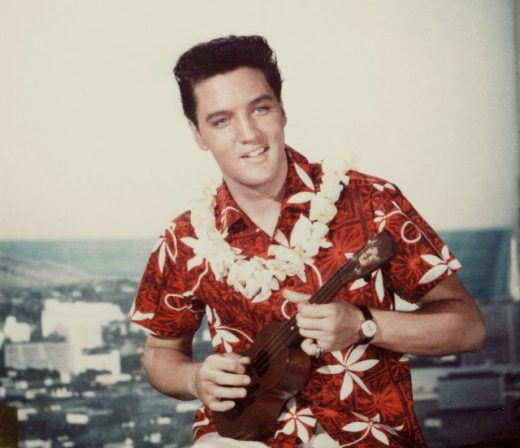
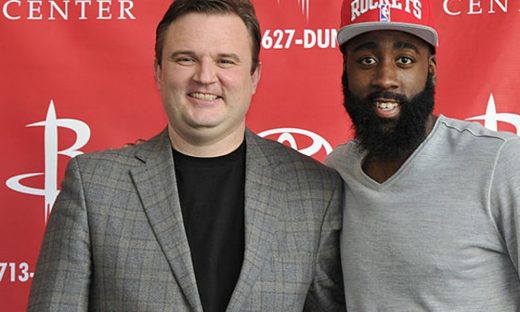
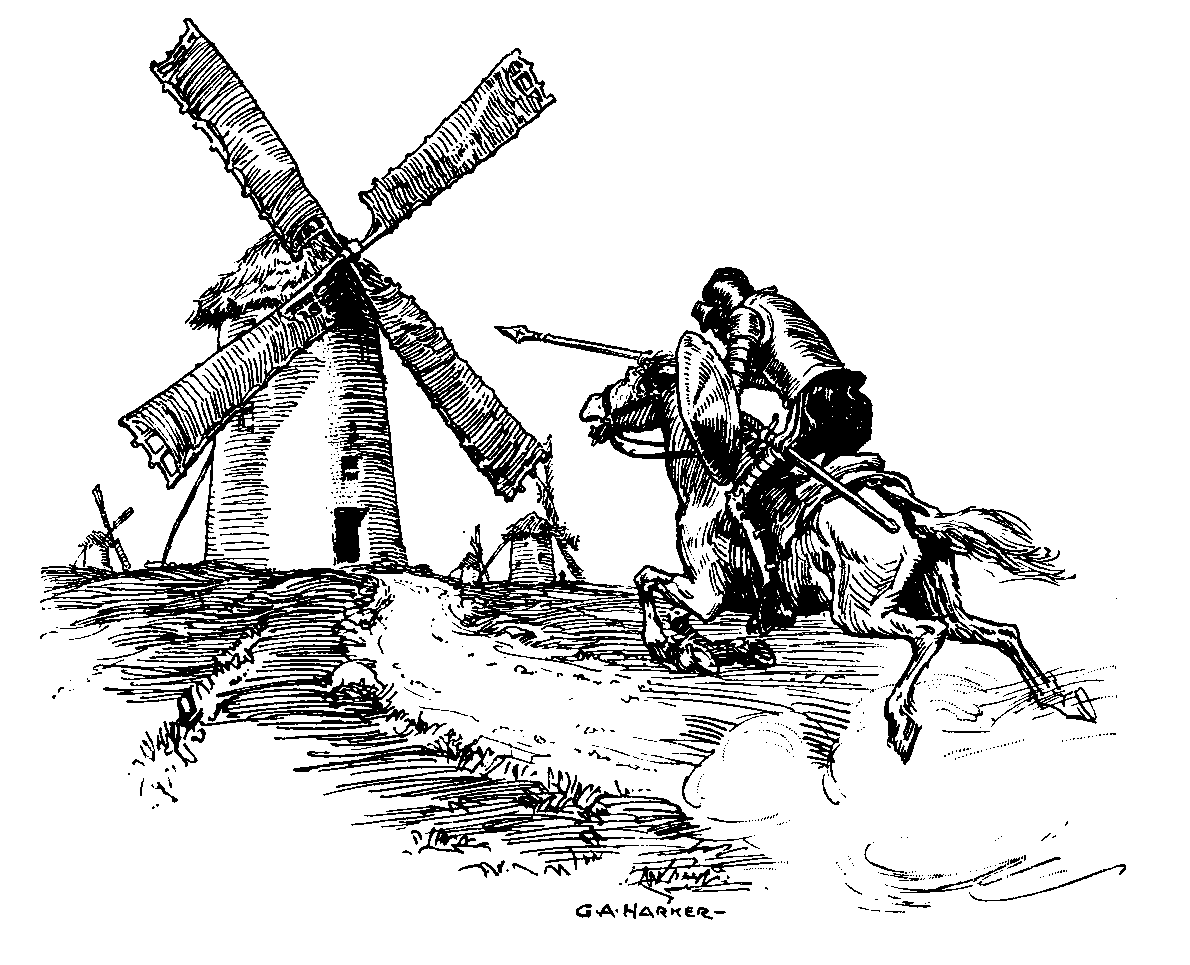
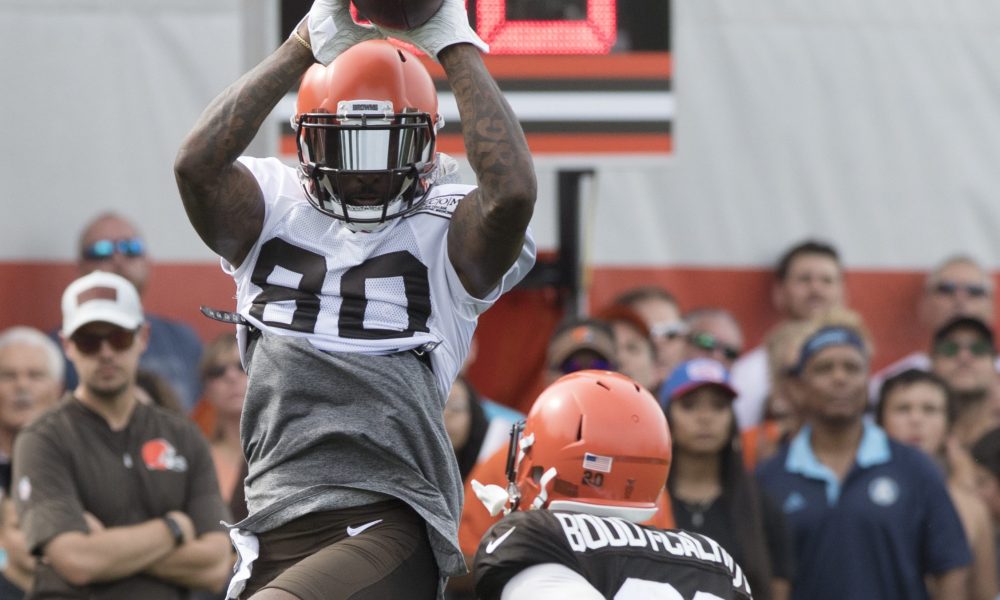
I think if the Cavs are out of the playoff race by the AS Break, then they should trade Korver for a pick (1st or 2nd), Hill for a 2nd, and JR for anything, then sit Love with a undisclosed ailment and tank for the top 10.
In somewhat relevant news for the cavs draft (if they retain their pick), Zion Williams looks more skilled than advertised. His ball handling/speed/first step is utterly ridiculous for a guy that size and with his chiseled build. If he can shoot the three at a decent percentage this year, you have to draft him as a top three. Too big, too athletic, too coordinated with way too much ball handling and defensive ability to pass up. A 260-270 pound 6’6″ shooting guard with stupid wingspan, 40+ inch vertical, and great ball handling/finishing skills who can also pass after breaking down… Read more »
No way the Cavs will be low enough to have a shot at Williams unless he gets hurt. Even if they trade Love at the deadline (I hope they don’t). Though, I agree, he’s clearly a top prospect and, in my opinion, THE top prospect.
With new lottery odds there’s no definitive way to say that.
I mean, aren’t the odds adjusted but still favoring lower seeds? I thought it evened out the odds for the bottom three teams but they still had decreasing likelihoods as you get further?
Yeah I think that is correct. There are better odds for other teams, but I’m not sure how significant it is?
For the number one pick, worst seed goes from 25% to 14, which is the most significant change. Second goes from 20% to 14, also pretty significant. Third is pretty much the same going from 15.6 to 14%. Fourth and fifth about the same both increasing by about 1%. 6th seed gets a decent increase from 6 to 9% or about equivalent to the old 5th seed. 7th gets a nice increase from 4 to 7.5%. 8th goes from 2.8 to 6, 9th from 1.7 to 4.5, 10th from 1.1 to 3, 11th from .8% to 2, and 12th and… Read more »
It is impossible to quantify this stuff and anyone can argue why their favorites should rank higher.
My take is that LeBron is clearly the best ever. Jordan is likely top five. Kobe is maybe top 25.
Where will Curry and Durant wind up?
Interesting and not surprising I guess when you consider Morey’s background and philosophy. I am sure he has stats the general public doesn’t have as well.
http://www.espn.com/nba/story/_/id/24384359/houston-rockets-gm-daryl-morey-calls-lebron-james-best-ever-big-margin
Meh. I still got Jordan No. 1
Hard to judge Bron as he is still playing. You guys know my top 4. Bron ain’t in it. At the moment.
I don’t. I tune out when you talk about crap crap from. Before I was a. Zygote.
But acting like anything that happened before you were aware is irrelevant justs make you look like a poster child for narcissim.
As does not being able to take a joke… :p
It difficult to rank things as the best, because there are too many ‘bests’ out there. So I just say he’s in the conversation. And no Kobe is not in the conversation, and never will be.
I don’t, but I never did. I also don’t have bron as number one either though.
LeBron dragged an average team to the finals and was one rebound/timeout away from winning game one and forcing the Dubs into a crappy situation. He’ll get the Lakers to the 5th seed on the West and at least to the second round.
I also think some of the younger players like Kuzma, and Ingram will flourish playing next to LeBron. A lot of folks are bagging on the signings, and rightfully so, but they aren’t really focusing on the younger pieces.
Kuzma and Ingram will be great next to LeBron.
I see absolutely no guarantee of that. They’ve never had to deal with that pressure or spotlight. Plus defensively, they’ll be a disaster next to Bron. Hart is the only guy who has been in a championship situation or played any sort of winning D.
I predict Ingram may have an all star caliber offensive breakout year.
Hmm. Maybe. Big difference between regular season and playoffs,and even bigger difference between Western first rounders and Eastern, and I thought indy was great. Interesting to see if the Lakers youngsters can deal with the pressure. IMO, Hart will be the best of the young guys under pressure and Lonzo is going to flame out this year.
Also, totally Gilbert move to bring back Blatt
Jordan Clarkson: No. 22 on this list of players with lowest win percentage in NBA history.
https://hoopshype.com/sigallery/hrSW7g9kwBecaffhHU98o3/1195485/
JMAY AGREE WITH YOU / ALWAYS WISH WE HAD THE CHANCE TO REALLY SEE / EVALUATE -BLATT ‘S COACHING ABALITIES ( ooops going back to my NOMAD DAYS )—-scotch you make some really good points about TY —-I am not a big fan of his —-but am giving him the benefit that Lebron actually coached the team—-want to see how he coaches this young group without the “LEBRON SHADOW ‘ and pressure of winning an NBA championship —-am hoping we see his true coaching talent come thru / sure Kolby is being patient / analyzing also
The defensive schemes, defensive execution, and player rotations are a concern, but considering that he is good at drawing up out of timeout plays, I have some hope for the offense.
They need to drop longibardi asap.
So…I kind of agree with Kuzma in his assertion that the lakers are being underestimated. Luke Walton is a legitimately good coach. Heck…honestly he was a good coach before he retired as a player. They have good pieces…maybe need a shooter in a trade. But I don’t buy the fact that the eastern conference is that much easier than the west to earn a playoff spot. Lebron is insanely good at creating winning scenarios for whatever group he plays with. The question I do find interesting is…as i’ve said many times before on this site…how does Tye Lue do with… Read more »
Yeah, I think so to. I don’t think they, the Lakers, have a shot against the Dubs, barring injury, but I think they can compete with most of the other teams.
We will see with Lue. With LeBron led teams, it’s always whatever LeBron wants to run, for the most part. I remember when Mike Miller said that David Blatt essentially had a ‘genius’ playbook, and then LeBron basically scratched all those plays. Maybe with LeBron gone, Lue will actually be able to institute a system, which should make the regular season more enjoyable.
How about they make the playoffs first?
I’m not doubting that. I think they (Lakers) will be a 5th or 6th seed.
I’ll always wish that Blatt had been given the time of day.
https://www.youtube.com/watch?v=nmBiFJLygaY
I have used “the barking dogs ” in bound plays @ least once a year / always get a basket out of it / kids can’t wait to run it !!
HaHaHa! I wish I had some coaches like you when I was a kid.
This is the greatest play in the history of basketball.
https://twitter.com/Trevor_Luznak/status/1029154942353846279?s=19
I have seen film of two astounding inbounding plays in highschool games:
1. The player distracting the other team by turning into a werewolf,
2. The player that ran out a corner door into the lobby and back in the far corner door and drained a 3.
That werewolf kid was good. Sucks he lost his 3pt shot in college. Could had been great.
He has a good old man’s game.
Cavs are middling to poor talent evaluators:
Kyrie at #1 was a hit. TT at #4 was OK to poor (Klay was available). Cedi was good. Getting Ante was a nice job.
Trading 3 picks for Zeller? Karasev? Bennett? Passing on Draymond? Awful. Dion over Drummond was not good.
What worries me is that they haven’t seemed to have been great through multiple gms as far as draft talent evaluation. It may indicate an organization lack of spending or priority on talent evaluation/personnel scouting and/or analytics. I agree with JRL on Cedi and Zizic. Maybe that means they turned the corner….? Hopefully, they play big minutes. They have had some nice finds with Delly and Boozer way way back in the day. Of course Boozer was selected under Gund I believe.
I’m not a fan of Drummond. He hasn’t proven a whole lot. I think passing on Lillard was more of a goof. That 2012 draft though was pretty meh tho. Draymond and Middleton both went in the second round.
We had 2 high 2nds that year. No hindsight. I was screaming to take Green at the time. And Klay (TT is NOT a very good NBA player, at best an niche player who is serviceable). And Porter over Bennett. And Drummond.
Kyrie + Klay would have been your backcourt for 10+ years. Drummond your traditional big. Green & Porter at the forward spots. Love at PF/C. Plus Bron. That would have been dynastic.
Of course, we’d have had better records with better picks…..
Sure… The best part of winning a ship is never wanting to rewrite that history.
I think this was meant for Raoul. But it’s hard to say they whiffed, when half or most of the league also whiffed. And I disagree on TT. I wouldn’t classify him as NOT very good. His rebounding helped us win a championship, and that is the ultimate goal. Of course, I’d rather have Klay or Kawhi over him, and so would half of the other teams that missed on them. I mainly only had issues with the Bennett pick. I thought he looked like BUST from the get-go, and he was a historical bust. Anyways, Griffin nor Grant are… Read more »
Ya, no possible way that all works out just like you set it up. Situations change. We likely wouldn’t have even had the cap space to re-sign James. Or, maybe Kyrie goes down with more injuries earlier in his career as he may have been playing more into the summer. Maybe Klay doesn’t develop his defense as much, taking notes from Kyrie. Love trade never happens without a first pick. Green and Porter? Who the heck knows. We just can’t make these assumptions. Too many variables. Just a way to bludgeon the Cavs FO with the “Hey look what could… Read more »
You are cherry picking with 20/20 hindsight.
I have no prob with Dion over Drummond. And TT is not a bust. He’s been a serviceable and at times very good nba player. Kawhi was in the discussion just a week before And they passed. You’re not gonna nail every. Pick.
Yeah, I don’t think it’s cherry picking at all. I remember not being too happy with the TT, Dion or Bennett picks. They all seemed like Saber-metric reaches. In 2011, I wanted Kyrie and Klay. Jonas V was also in the discussion. I remember not wanting Kahwi though (missed that one) when he looked pedestrian against Jimmer Fredette in college. In 2012, I wanted Drummond. Lillard was a nice pick, but we already had Kyrie at that point, so it sort of made sense to pass on him. I remember people asking why we picked a 6th man when we… Read more »
PRAYERS GO OUT TO LYNN MARTIN / INDIANS WHO HAS BEEN FIGHTING A LIFE THREATENING VIRAL INFECTION —GET HEALTHY–GO TRIBE !!!
Who decided on Cedi? And was that person involved in the Ante trade?
If that person was one in the same and/or is still in the Cavs front office, I think we have a good shot of picking up good talent.
Good point!
In the case the Cavs select later in the draft, I think it benefits them, in that they don’t have to overthink the pick.
Disagree. Karasev was almost as bad of a pick as Bennett.
Wasn’t he their second pick in that draft?
Yep.
I just have never seen the scouting or player development from the cavs in all the years I have been here to see them finding guys like those you mentioned. Kawhi likely be what he is without going to the Spurs. I am not the the cavs have the personnel scouting/talent evaluators to find a guy like Curry, then Klay, and then Green in the span of five years outside the top three. Also not sure they emulate the jazz. Even OKC had to get the Westbrook and Harden picks right even though they were top guys. Plus they got… Read more »
Also I get Bennett was a top pick, and that most of us, including myslef wanted Dipo, but that draft was considered at the time one of the weakest drafts in decades. Plus it took years for Dipo to turn into what he is today. I think they are less likely to screw up top picks because there are occasionally guys like Durant, Davis, etc who are more or less sure thing at the top of drafts.
Kawhi was not likely….I am not sure the cavs had the personnel scouting/talent. I really need to stop posting from my mobile.
great job —sure it is tough to get motivated to write a column in mid august—we appreciate !!—–agree with you on K.J. over Holland / youth and athleticism –advantage K.J.——agree with you on Kolby– (GM decisions—-and also along with TY / COACHING STAFF / PLAYERS etc )—-want to see how they perform at their perspective job’s without ” THE SHADOW OF LEBRON ‘ LOOMING OVER THEM ————————I WOULD TAKE “E.T.” OVER I.T. ANY DAY OF THE WEEK !!
I just realized the irony of hailing Morey as he signs the most overrated player in NBA history. However, Melo on the minimum is a very low risk move.
Yeah and he’ll also play better with CP vs Westbrook.
Maybe. I think he is trouble where ever he goes.
https://twitter.com/RichCordray/status/1028661145773723650
Nice article.
Minor point, but Kawhi wasn’t even a draft pick for the Spurs. They had the 29th pick that year but traded a good veteran (Hill) for Leonard.
Yes I skipped that detail, but it is pertinant.
This may all come down to the fact that it’s the volume of assets (even of marginal quality) more than specifically high draft picks that matter. That and competent decision making. The cost (and opportunity cost) of tanking in the hopes of accumulating high draft picks is soooooo much higher than competent decision making. You only get one shot (unless you’re the Celtics) every year of hitting on a lottery pick. Good teams are constantly accumulating and developing assets while making good decisions.
I will agree. Consistently having more chances to acquire good players helps. I still can’t believe the Cavs gave up a pick to eat Crawford’s deal
Are the cavs competent at draft evaluation outside top picks? Are they competent at player development for guys that come in as lower tier picks that need a jumpstart to their development? I would say they have a checkered history in both departments. It becomes a problem if they are trying to find all star caliber players outside the lottery. I think some of the issue has been the burying of young guys on the bench during the contending seasons. The other half of that was the bad culture and habits allowed to grow and fester during the years without… Read more »
Nice work, Nate. Really enjoyed the series and this piece in particular.
Thanks, Mike!